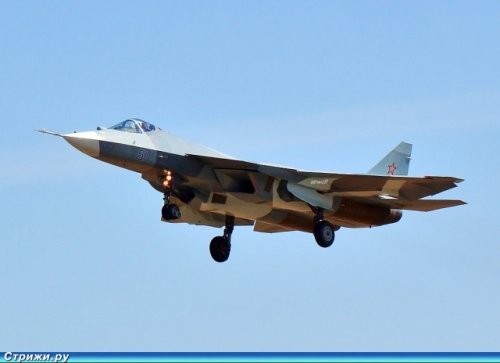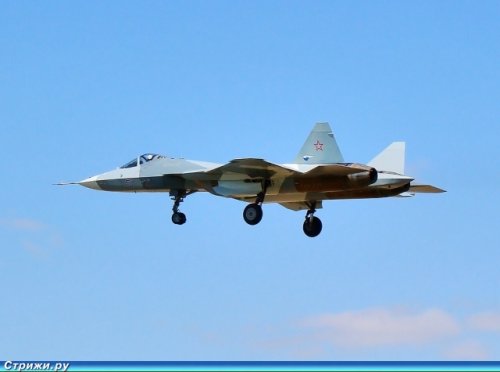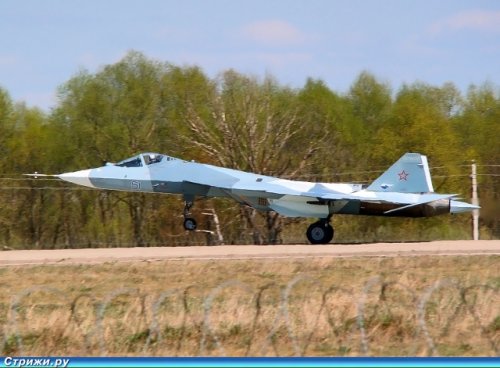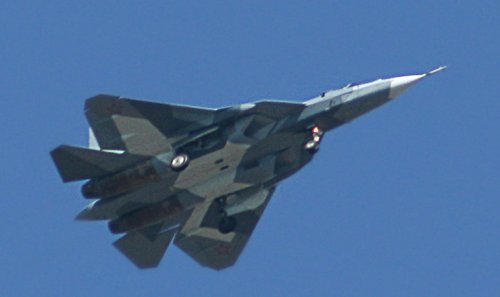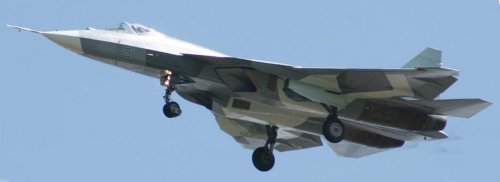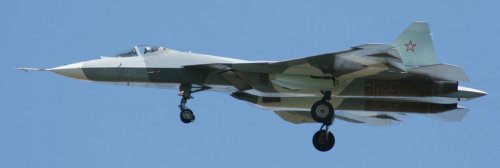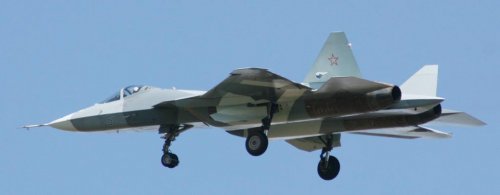lantinian said:
All throughout the 90' its empty weight was quoted as: 31,998lbs (14,514kg). What happened?
Probably the same thing that seems to happen to every fighter programme, weight growth for various reasons. Some gain more, others less, with the F-22 obviously putting on quite a bit. I think someone wrote in another topic here that Northrop/MDD considered it impossible to meet the ATF requirements within the stated weight constraints, so maybe their scepticism is finally vindicated by LM's actual experience. The 32000 pound figure was probably a specified limit or a target weight, with the actual number classified (the exact value is not public even today, as far as I'm aware). That said, 19700kg does seem a bit excessive, the official line is "40000 pound class" which is almost 1700kg less - that would stretch the definition of "class" a bit, IMHO.
lantinian said:
An explanation could come from the fact that the F-22 can carry 2,000 kg (4,500 lb) more stores given it carries that much less fuel with all other weights comparable. Its internal bays are overall smaller than T-50s, it wings would then have to be able to carry substantially more weight than its Russian counterpart, who's smaller payload is spread between its wings, body pylons and larger weapons bays.
That's plausible, since the motivation for a large external payload capability is very often a desire to carry a lot of external fuel (e.g. Rafale) which Sukhoi is not exactly a big fan of doing. Certainly, the F-22 has 4 wet pylons and in absence of heavy A/G weapons, tanks are probably the primary (if not the only) reason that it has hardpoints at all.
lantinian said:
The conclusion being that the F-22 wings are apparently very structure heavy and it T-50 will be no match for the Raptor in supersonic maneuvering.
I don't think you can draw that conclusion, it's the G-rating that counts in this respect and I don't expect the T-50's to be lower than 9. Is the F-22 certified for more than that? Maybe it'll pull more than the T-50 if both are loaded with heavy external stores but in that case neither will be doing supersonic manoeuvering (nevermind that both will probably be unable to hit their limit at supersonic speeds).
Abraham Gubler said:
If all you can get out of stealth is a 25-50% reduction in frontal detection range (US tech in the 1970s) then it’s good but it’s not going to change the nature of air combat. But if you start to stealth your ride in the ballpark of an order of magnitude reduction in detection range (80-90%) then tactical effects are really significant and everything changes. If Russians are still stuck in the 25-50% detection range reduction “pre-stealth” then that’s fine by me. Its bad news for China and anyone else still flying fourth generation aircraft in the 2020s but against my nation’s ally block they won’t be competitive.
I doubt you'd need internal bays and planform alignment to match the US state of the art in the 1970s though and even the T-50 prototype can offer that, not to mention possible changes (if any) between now and series production. Or are you referring to Have Blue? In which case, how much better - if indeed at all - is the F-35 (that's what the Russians would realistically be shooting for)?
As for APA, their signal to noise ratio is very often rather low, but most of the time there is a worthwhile signal buried amongst all the hyperbole.

